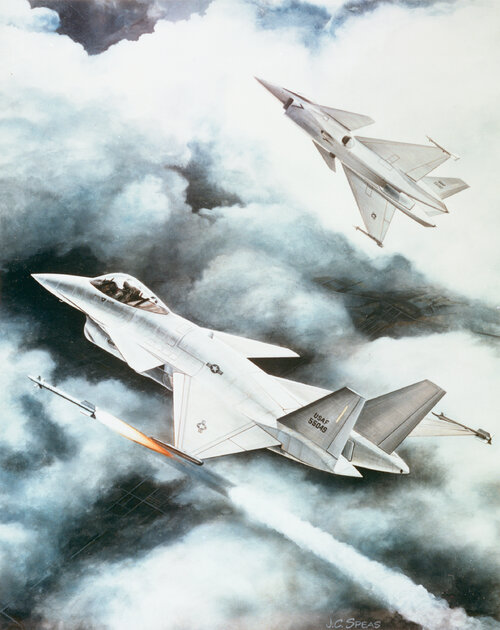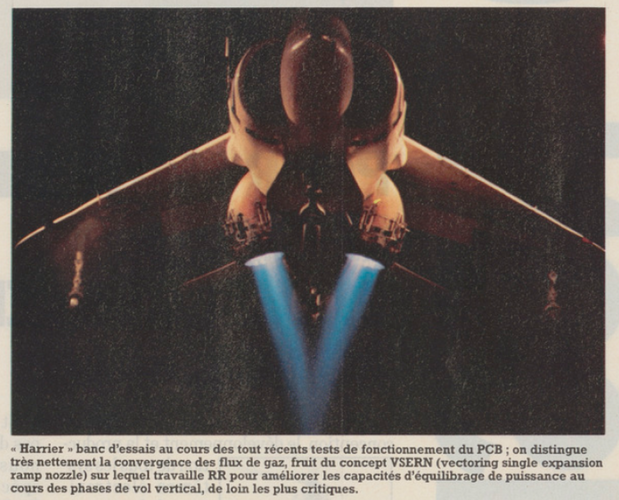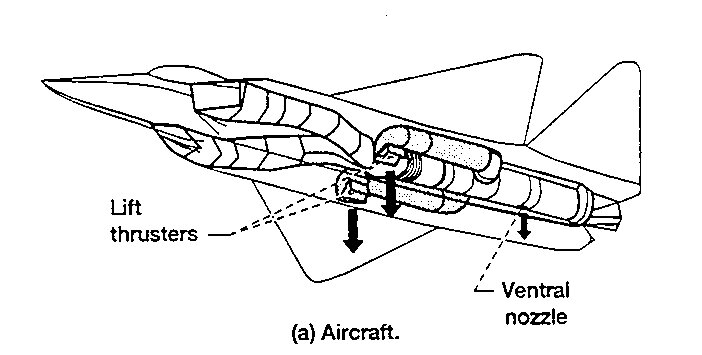Scott Kenny
ACCESS: USAP
- Joined
- 15 May 2023
- Messages
- 11,539
- Reaction score
- 14,137
Hrm. You lose a lot of thrust turning the cold nozzles 180deg like that, but it does get the engine moved aft and off the CG.HIDEN rings a bell. Rolls Royce did the engine work on Harrier 21 and I've seen at least one of the 2 variants included in their product history lists. RB-578 was the version using the Pegasus core for our hoped-for prototype that never happened, and RB-571 was the same layout but with the more powerful Eurofighter engine core. I can't say much about the aircraft itself because of that whole ITAR thing but since 2/3 of the work was done by Brits, you might touch base with RR or BAE and see if they've retained anything in their files that they could share. If you're able to track down RB-578 or -571 you'll see a family resemblance with what MDC's ASTOVL Model 4629 had, with some significant differences of course. NASA Contractor Report 195358 "STOVL Control Integration Program" has no restrictive distribution markings and so if you find RB-578/571 material elsewhere you'll be able to see pretty clearly what MDC/BAe/RR thinking was in the early 1990s. Here's one illustration of Model 4629 from the NASA report:
View attachment 736144

















